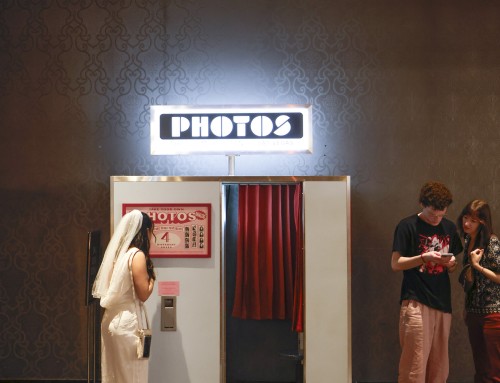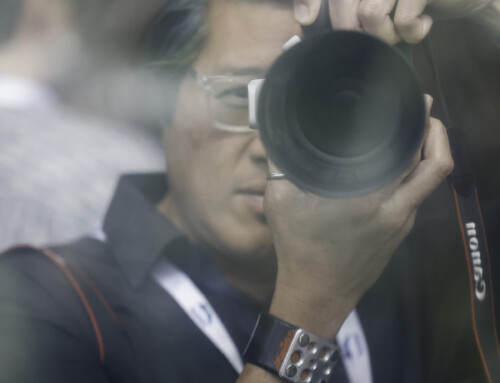Recently, some of the Orange Photography crew took a trip to the movies. We ventured out to see the limited release documentary about the work of social photographer Sabastião Salgado entitled, “The Salt of the Earth”. Salgado left his job as and economist in the mid-seventies and became a full-time photographer. He has traveled much of the world and captured many of the social and global issues of the past 40 years.
His work is incredibly powerful and moving; He has a gift when it comes to capturing the human condition. The documentary took viewers through the majority of Salgado’s work ranging from years spent exploring South America, the drought stricken region of Sahel Africa, workers across the world in the industrial age, and his most recent work Genesis, which explores the untouched parts of the world.
The documentary as a whole was very moving. It was a reminder just how powerful photography can be. Unlike painting or drawing, photography has been taken as the truth (even when it isn’t). It’s easy in today’s world of image inundation and extreme retouching, to forget photos can speak an overwhelming truth. Photography can be used to show the masses what one person wants them to see or notice. Many of Salgado’s pieces are are difficult to look at because they point to atrocities most of us may be unaware of or hope don’t exist in the world.
I think remembering the power of photography is important, regardless of what you photograph. Even if it is commercial or event work like we do at Orange, it is still a powerful tool. Imagery communicates. It reminds people of the past, records events they never want to forget (whether it’s for reasons good or bad). It can depict what kind of company you are or who you are as an individual. It is our duty as photographers to remember this responsibility. My photographer professor always used to say “Photography is an act of pointing.” Let’s think about what we choose to point at and make it count.








